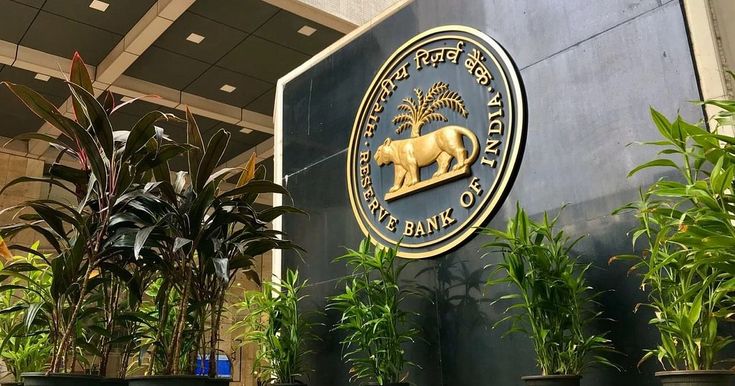
RBI Valuation Rules for Bank Investments Set a New Benchmark in 2025
RBI valuation rules for bank investments
RBI valuation rules for bank investments have undergone a transformational upgrade in 2025, setting a new benchmark for transparency, risk assessment, and asset classification in Indian banking. These latest changes by the Reserve Bank of India are aimed at aligning with global standards, enhancing investor confidence, and strengthening the financial health of banks across the country.
Whether you’re a banking professional, financial analyst, or an investor, understanding the implications of these new rules is essential. The revised framework influences how banks evaluate their investment portfolios, impacting profitability, risk exposure, and compliance strategies.
The Reserve Bank of India (RBI) has updated the norms for the classification, valuation, and operation of investment portfolios of commercial banks. Effective from April 1, 2024, banks are required to classify their investments into three categories: Held to Maturity (HTM), Available for Sale (AFS), and Fair Value through Profit and Loss (FVTPL). The existing Held for Trading (HFT) category will now be a sub-category within FVTPL. These changes aim to enhance the quality of banks’ financial reporting, improve disclosures, and strengthen the overall risk management framework.
Why RBI Valuation Rules for Bank Investments Matter in 2025
The RBI valuation rules for bank investments now focus heavily on fair value measurement, reducing inconsistencies in mark-to-market calculations, especially for debt instruments and government securities. These changes are not just technical upgrades—they redefine how Indian banks manage investment risk.
This shift aligns closely with international accounting standards such as IFRS 9, ensuring Indian banks are globally competitive and more resilient in volatile market conditions.
Key Highlights of RBI Valuation Rules for Bank Investments
1. Emphasis on Fair Valuation Methods
Banks are now required to use fair value through profit and loss (FVTPL) or fair value through other comprehensive income (FVOCI) for most investment classes. This change increases transparency in financial reporting and helps stakeholders get a realistic view of a bank’s actual position.
2. New Classification Standards
The updated RBI valuation rules for bank investments outline stricter criteria for classifying investments into:
- Held-to-Maturity (HTM)
- Available-for-Sale (AFS)
- Held-for-Trading (HFT)
The reclassification requirements mean banks must now frequently reassess their portfolio based on market conditions and internal strategies.
3. Tighter Norms on Government Securities
Government bonds, which form a major chunk of most banks’ portfolios, must now follow standardized valuation norms using discounted cash flow (DCF) models, factoring in credit risk spreads and market volatility. This eliminates arbitrary valuation practices and creates uniformity. visit
How Banks Are Adapting to the New Valuation Rules
Building Stronger Risk Assessment Teams
Banks are hiring valuation experts and training internal teams to ensure compliance with the latest RBI valuation rules for bank investments. Accurate asset pricing is now a strategic function rather than a routine compliance task.
Updating Core Banking Systems
Financial institutions are integrating advanced analytics and valuation tools into their core banking systems to perform real-time asset valuation and reporting.
Scenario-Based Stress Testing
Banks are now required to perform stress testing of their investment portfolios under different interest rate and credit scenarios. This is a major step in enhancing financial stability and regulatory oversight.
Implications for Investors and Stakeholders
For investors, the updated RBI valuation rules for bank investments offer several benefits:
- Improved transparency in bank financials
- More accurate NAVs (Net Asset Values) for bank-owned mutual funds and instruments
- Better decision-making for stakeholders evaluating a bank’s financial health
Global Alignment: India Meets Global Valuation Norms
SEBI and RBI have been working collaboratively to bring the Indian financial system up to global best practices. The revised RBI valuation rules for bank investments closely align with IFRS 9, the global standard for financial instruments valuation.
This puts India’s banking system in a stronger position when it comes to cross-border investments, mergers, and funding rounds.
Final Thoughts
The RBI valuation rules for bank investments in 2025 are a bold step toward building a robust, transparent, and future-ready banking ecosystem. These new norms empower stakeholders with reliable data and protect the financial system from mispriced risks and opaque asset reporting.
As India’s banking sector continues to evolve, adopting these valuation practices isn’t just about regulation—it’s about long-term sustainability, investor trust, and strategic growth.
All Categories
Recent Posts
5 Common Mistakes to Avoid When Using Business Valuation Services
Top 10 Benefits of Professional Business Valuation Services
Trusted Valuation Experts in India Delivering Powerful Business Insights





